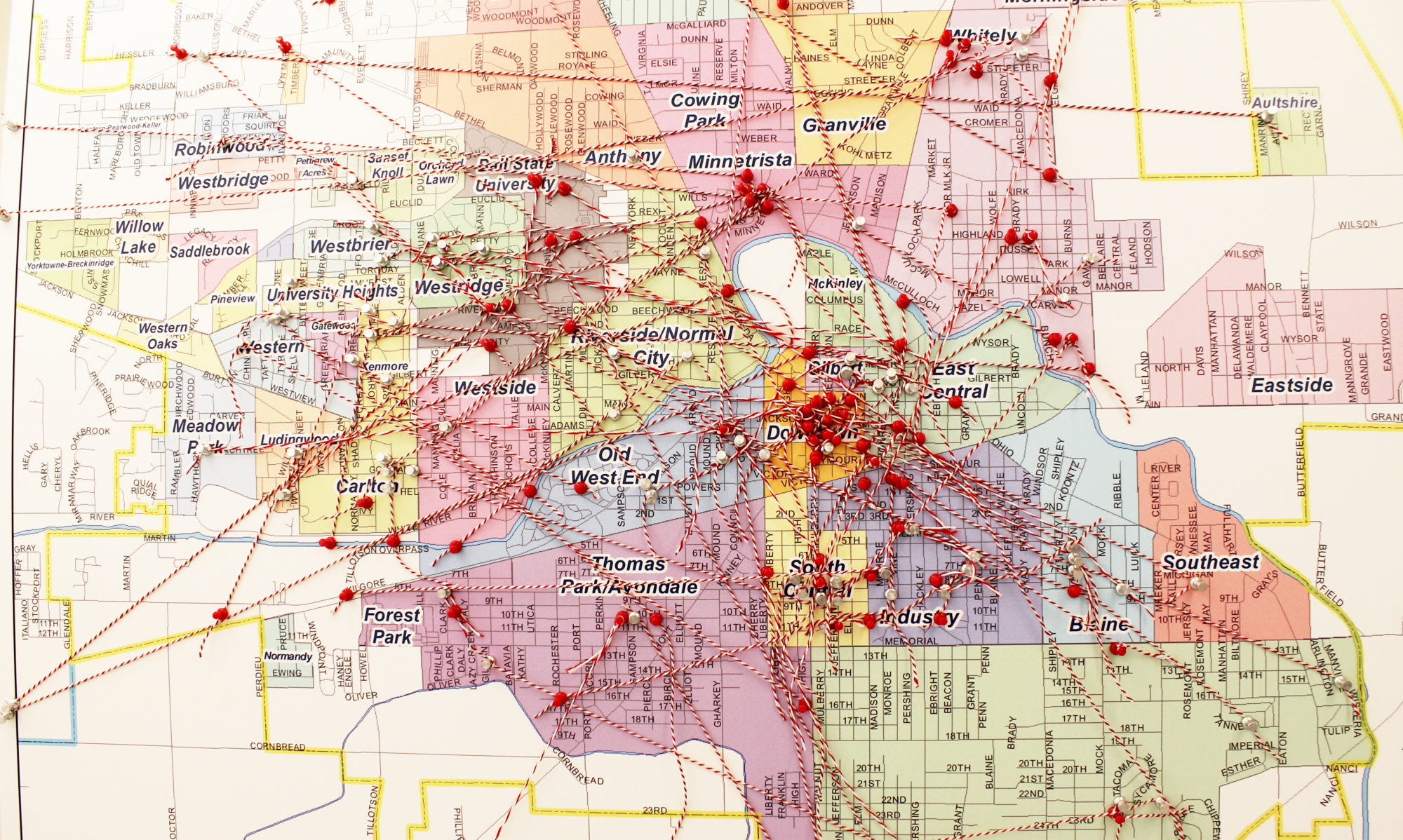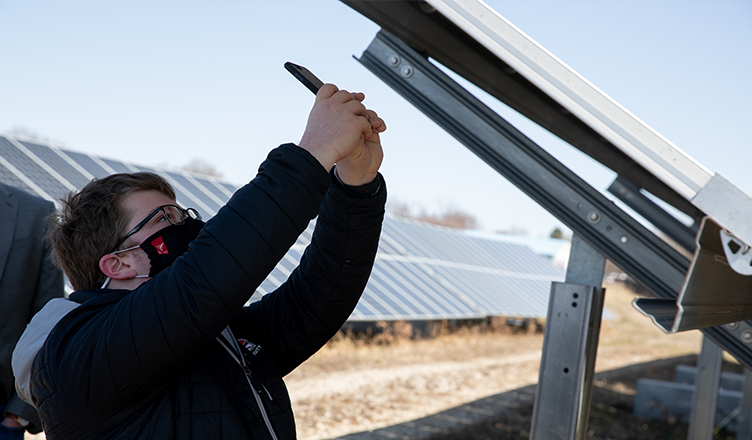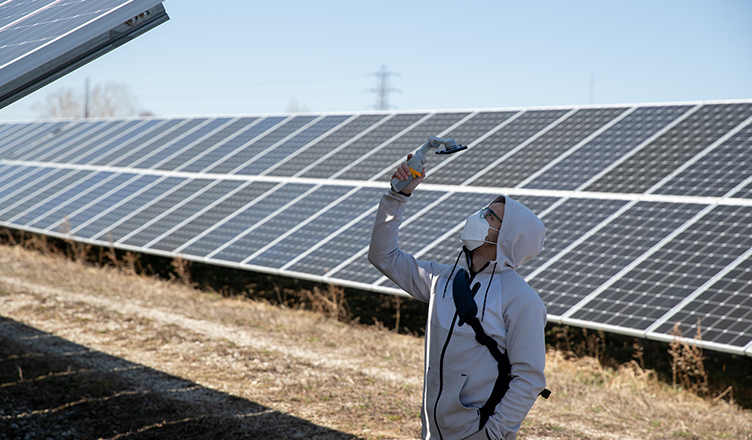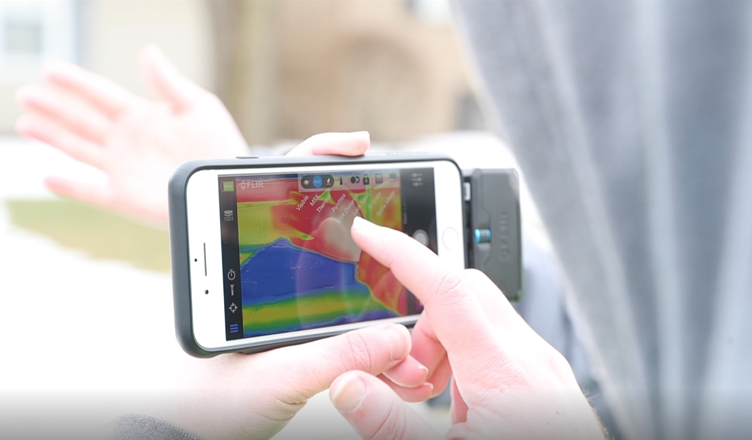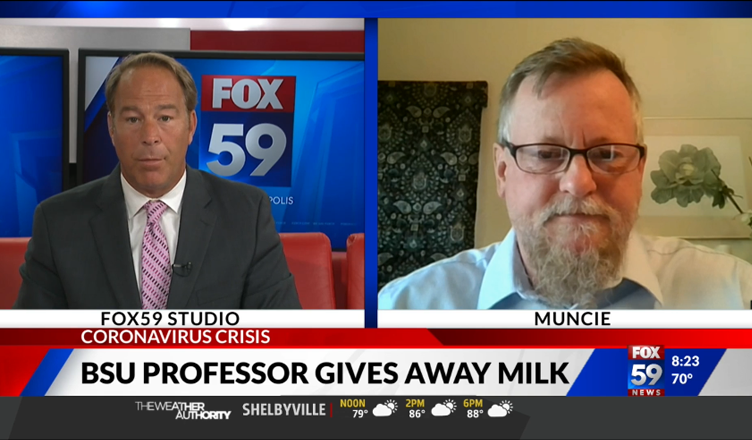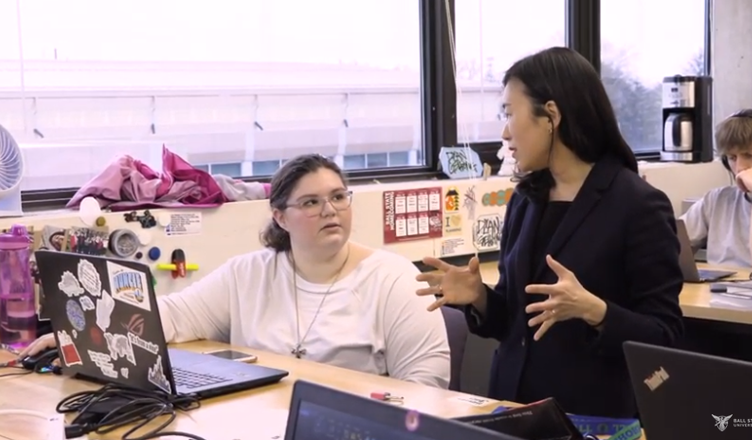Students in PLAN 203: Regional Analysis and Design, conducted solar potential analysis for brownfields in Muncie. They applied Geographic Information Systems (GIS) to study the ownership of the brownfields, current land use and zoning ordinances, preexisting conditions, and then analyzed solar PV potentials using a publicly available PV watts tool developed by the US Department of Energy.
The project focused primarily on the reuse of brownfields for solar PV installation. Brownfields are previously developed land that former use, like the potential presence of hazardous substances, makes reuse complicated. PLAN 203 students identified six brownfield sites in Muncie for potential solar PV installation. Together with brownfields, students also analyzed the solar PV potentials for city-owned facilities including fire stations and Muncie Sanitary District facilities. Two fire stations and two of Muncie Sanitary District’s water treatment facility sites were selected.
Explore the story map created for the project.
Faculty Mentor: Sanglim Yoo
Department: Urban Planning
Community Partner: Sierra Club Hoosier Chapter
Students: Adam Coleson, Lauren Doppke, Michael Grossniklaus, Elise Jones, Kaelyn Leach, Enzo Lundy, Mattew Pytel, Kaylie Slate, Eric Snowden, and Christian Terrell
